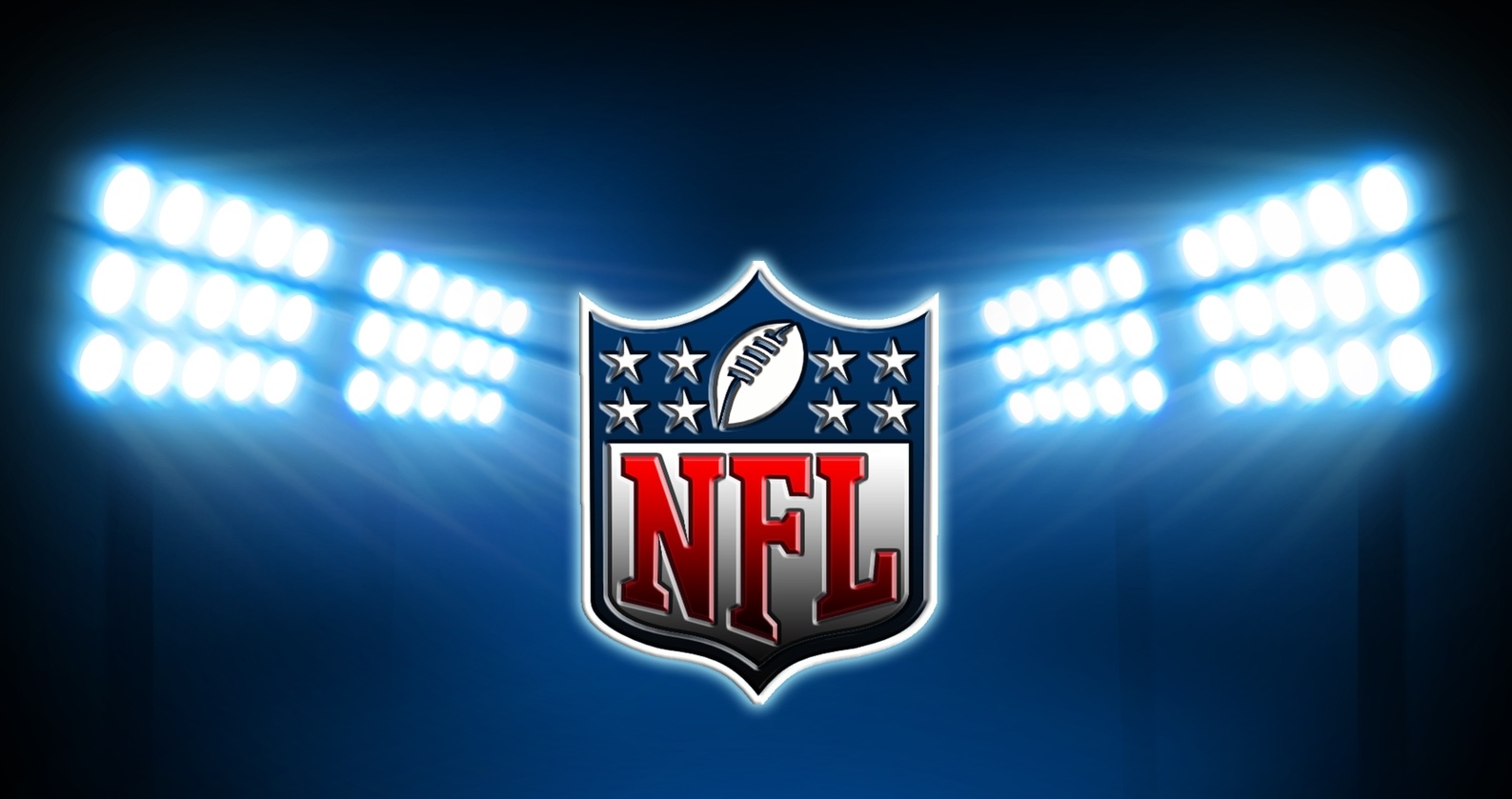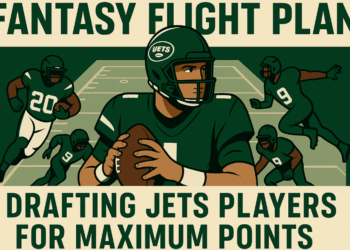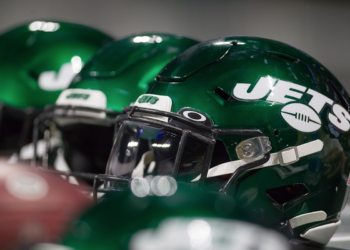The Evolution of Defensive Strategies in the NFL: From Iron Curtain to Modern Schemes

Defensive strategies in the NFL have evolved significantly over the decades, adapting to changes in offensive play and advancements in player skills. From the hard-hitting, smashmouth defenses of the early days to the sophisticated, versatile schemes of today, the evolution of defense has been crucial in shaping the game. This article explores the key phases in the development of NFL defenses and how they have responded to the changing dynamics of the sport.
The Early Years: Streel Curtain Defenses
In the early days of the NFL, defenses were characterized by their toughness and physicality. The primary objective was to stop the run, and teams relied on large, powerful linemen and aggressive linebackers to control the line of scrimmage. The 4-3 and 5-2 formations were common, with an emphasis on stacking the box to shut down the opposing team’s running game.
Legendary defenses like the 1970s Pittsburgh Steelers’ “Steel Curtain” epitomized this era. With players like Joe Greene, Jack Lambert, and Mel Blount, the Steelers dominated with their physical style of play, leading to multiple Super Bowl victories. Similarly, the 1985 Chicago Bears’ 46 Defense, led by coach Buddy Ryan, revolutionized defensive play with its aggressive, attacking approach.
While these early defenses were focused on physical dominance, the thrill of watching a shutdown defense can be likened to the excitement of hitting a big win at a cashlib casino, where strategy and precision lead to rewarding outcomes.
The Rise of Zone Coverage and the West Coast Offense Response
The 1980s and 1990s saw significant changes in offensive strategies, particularly with the rise of the West Coast Offense. This offensive scheme, popularized by Bill Walsh and the San Francisco 49ers, emphasized short, precise passing and quick decision-making by the quarterback. To counter this, defenses had to adapt by developing more sophisticated zone coverage schemes.
Zone defenses, such as Cover 2 and Cover 3, became more prevalent. These schemes involved defensive backs covering specific areas of the field rather than following a single receiver, allowing defenses to better counteract the short passing game. The Tampa 2, implemented by Tony Dungy and Monte Kiffin with the Tampa Bay Buccaneers, became a hallmark of this era, focusing on preventing big plays and creating turnovers.
The Spread Offense and Hybrid Defenses
As the NFL entered the 21st century, the spread offense began to gain popularity. This offensive strategy, which spreads out receivers to create mismatches and open up the field, forced defenses to adapt once again. The rise of dual-threat quarterbacks and fast-paced offenses required defenses to become more versatile and athletic.
Hybrid defenses emerged as a response, combining elements of both 3-4 and 4-3 schemes. These defenses utilized versatile players who could perform multiple roles, such as edge rushers who could also drop into coverage or linebackers capable of playing both inside and outside. The New England Patriots, under Bill Belichick, exemplified this approach, constantly evolving their defensive strategies to match their opponents.
The use of nickel and dime packages, which involve additional defensive backs, became more common to counteract the increasing prevalence of three- and four-receiver sets. This adaptability allowed defenses to better handle the diverse offensive schemes they faced.
The Impact of Analytics and Modern Innovations
In recent years, the use of analytics and technology has revolutionized defensive strategies in the NFL. Teams now have access to vast amounts of data, allowing them to analyze opponents’ tendencies and make more informed decisions. This has led to more precise game planning and the ability to exploit specific weaknesses in opposing offenses.
Defensive coordinators now use advanced metrics to determine optimal play-calling, positioning, and matchups. Innovations such as real-time tracking of player movements and virtual reality training tools have further enhanced the preparation and execution of defensive strategies.
The modern NFL defense is a complex and dynamic unit, capable of adjusting on the fly and employing a wide range of tactics to disrupt opposing offenses. The emphasis on speed, versatility, and intelligence has created a new era of defensive play that is both exciting and effective.









